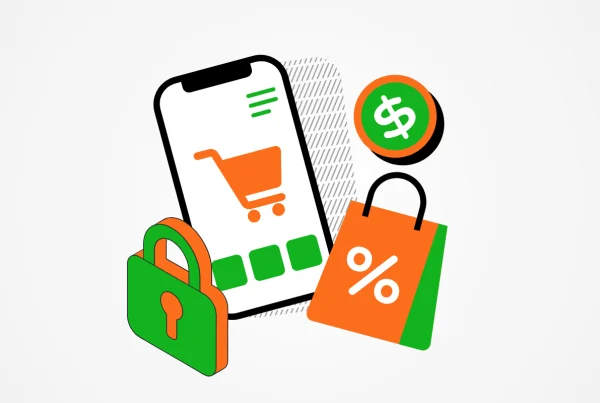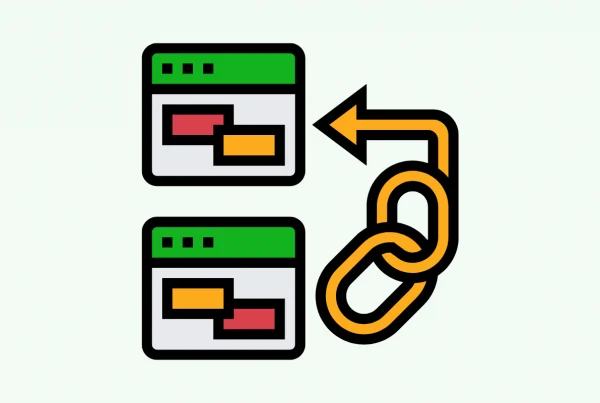Blog article
Reduce Your Google Shopping Bounce Rates: A New Approach
Estimated reading time: 7 minutes

Experiencing bounce rates over 65% in your Google Shopping campaigns is common but fixable. This issue spans various industries and countries, raising a critical question: why do these rates remain high despite Google’s efforts to match products with user queries? Let’s dive into the reasons and solutions.
Understanding the Gap in User Expectations
High bounce rates typically result from a gap between user expectations and how effectively your landing pages fulfill these expectations. Ideally, users clicking on Google Shopping ads often have a very specific product in mind, anticipating that the landing page should immediately match their expectations.
However, Google Shopping facilitates easy product and price comparisons across multiple retailers with just a few clicks. Those users are in the shopping comparison phase, not necessarily ready to buy but rather looking for the best option. A segment of these users click on ads out of curiosity without a strong intent to buy at that moment, perhaps exploring options or gathering ideas.
Given the reality that many Google Shopping visitors are comparing products, it’s curious why the default strategy is to use single-product pages as landing pages. This approach likely stems from Google Shopping’s requirements that the landing page prominently feature the product in question, pushing marketers to prioritize product pages despite their limitations for comparison shoppers. This scenario highlights a need for a more nuanced approach that balances Google’s requirements with the broader preferences of users in comparison mode, suggesting an opportunity to rethink the landing page experience.
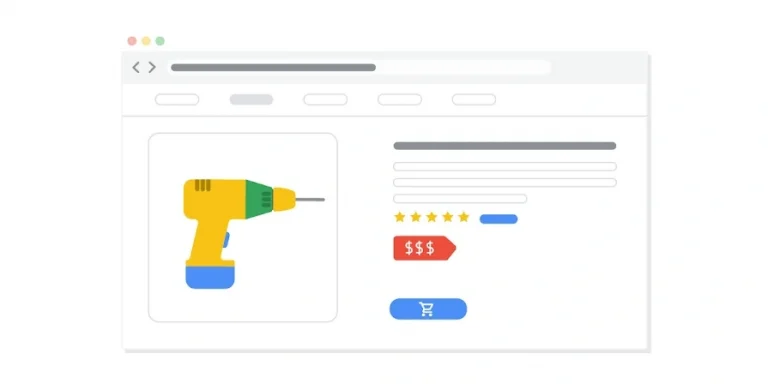
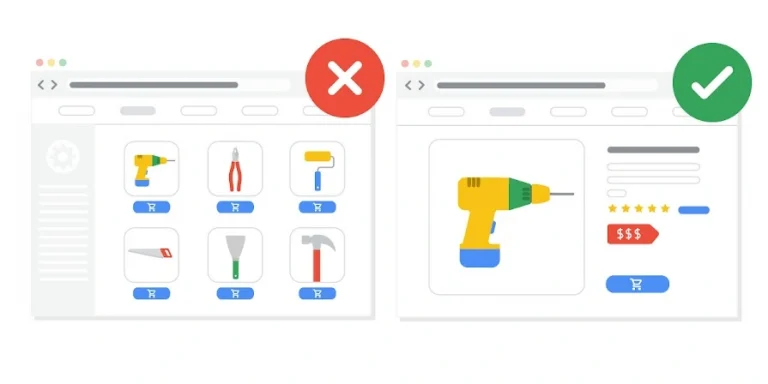
📷 Source : Google Merchant Center Help
Navigating User Intent: The Challenge
When a user does a Google search and clicks on a Google Shopping result, you can’t know how broad or specific his intention is. Did they land on your “Breville Barista Express Impress” product page after searching for a generic search like “espresso machine types” or rather a specific search like “fully automatic espresso machine”?
In the first case the user is exploring (top of funnel). In the second case the user knows he wants a high end espresso machine with a built in grinder and he’s looking for price, delivery details and trust (bottom of funnel). Problem is that you can’t know 🙂 Google hides search query information in the referral URL. This means we’re left guessing for the precise nature of a user’s search intent when they arrive on our product pages.
For some of your Google Shopping traffic, visitors are very determined about the product they want, they just want a great price, they want to be delivered as fast as possible and they need to trust you. In this case, the information on the page needs to provide them with just this. Other visitors are comparing options, evaluating quality against price, and pondering the advantages of more costly alternatives or the reasons behind lower-priced options.
This understanding underscores why bounce rates for Shopping Ads often surpass 65%. Lots of Search engine shoppers are not satisfied with the information on Google Shopping landing pages. Consider your own behaviour; how likely are you to engage with a shopping ad without the intention to buy immediately? This mindset with Google shopping ads is very high.
How, then, can we improve landing pages for Google Shopping?
The common approach is to mostly show a single product that matches the advertised product, but this fails to address the needs of users still in research mode, who desire a broader view of available products.
How Hybrid Pages Reshape Google Shopping Strategies
In France, manomano.fr, a leading e-commerce platform, has adopted an interesting approach early on by replacing traditional product pages with a hybrid of product and listing pages for their Google Shopping campaigns. This hybrid approach provides alternative products “above the fold” which can prevent users from returning to Google Shopping to continue their search.
We’ve applied a similar strategy at Bricoprive, a French e-commerce entity, witnessing astonishing improvements in conversion rates and Return On Ad Spend (ROAS).

📷 Example original product detail page
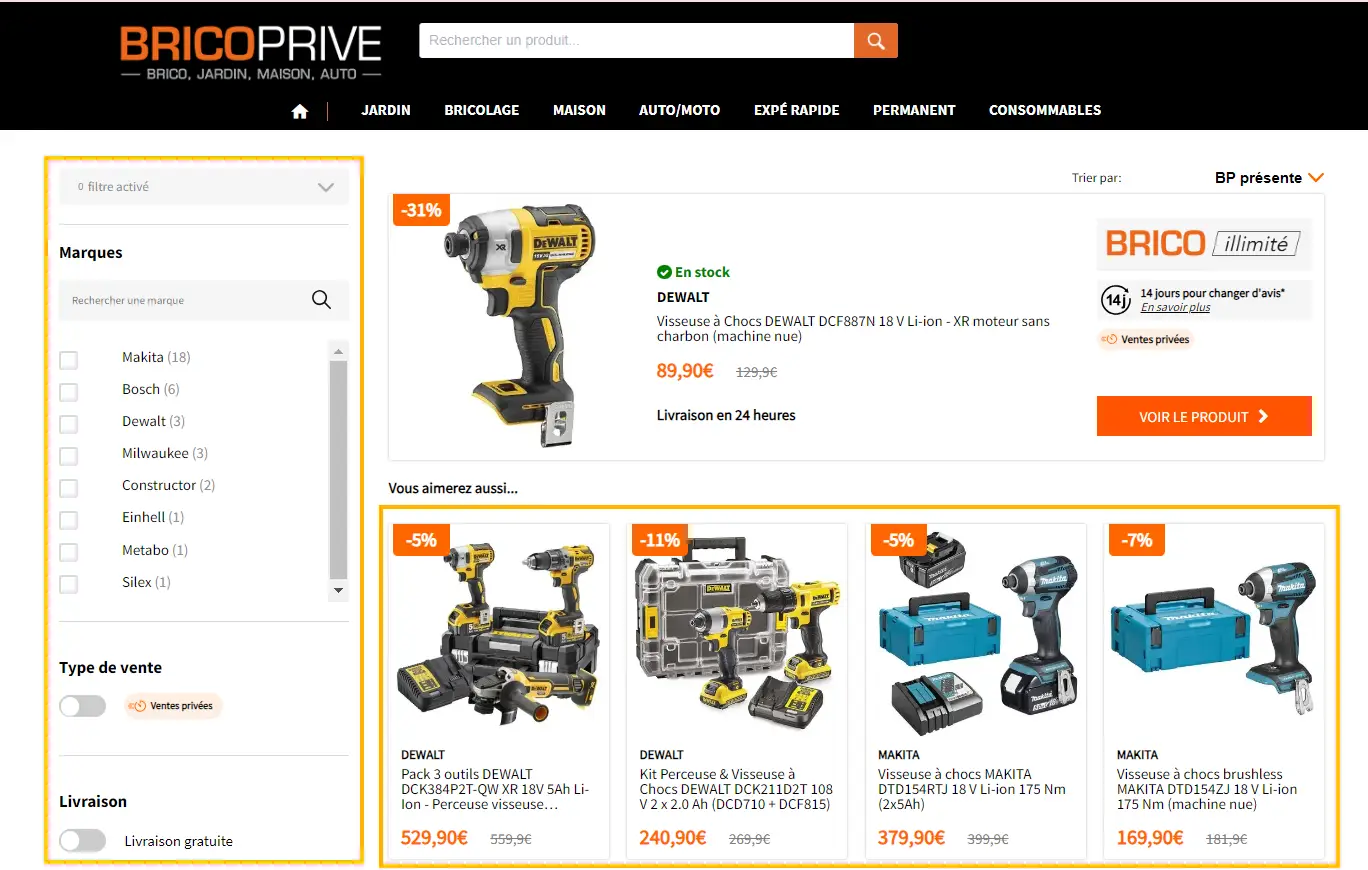
📷 Example hybrid product and listing page
As you can see, the main information shown on the hybrid product and listing page is still information about the main product. But more importantly, filters, with Brand as a leading option, signal the availability of numerous products. Directly below the main product, alternative options are visible without the need to scroll, encouraging exploration. This layout adapts seamlessly to mobile devices, displaying alternative products when the main item doesn’t fully match the user’s search.
The outcome? A whopping 48% boost in conversion rates and a 109% increase in revenue, attributed to higher average transaction values.
To explore how hybrid product and listing pages could enhance your Google Shopping campaigns, reach out to us. Verbolia can initiate a trial without requiring any internal development effort. Discover how hybrid pages can significantly elevate your conversion rates. Contact us now to request a demo and elevate your Google Shopping ROAS.
🔍 Ready to test how Hybrid pages can boost Your Google Shopping success? Contact us now!
About The Author
How can Verbolia help your e-commerce platform.
